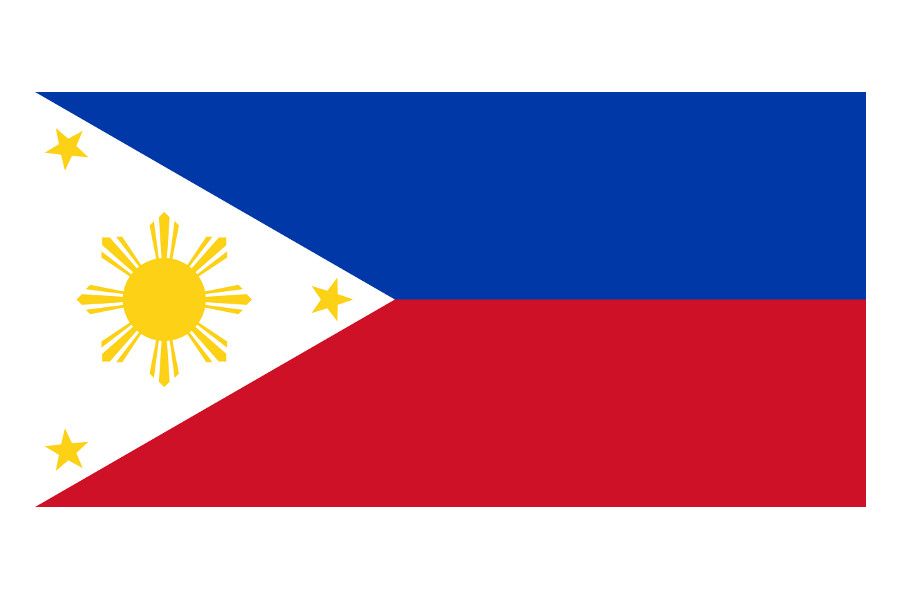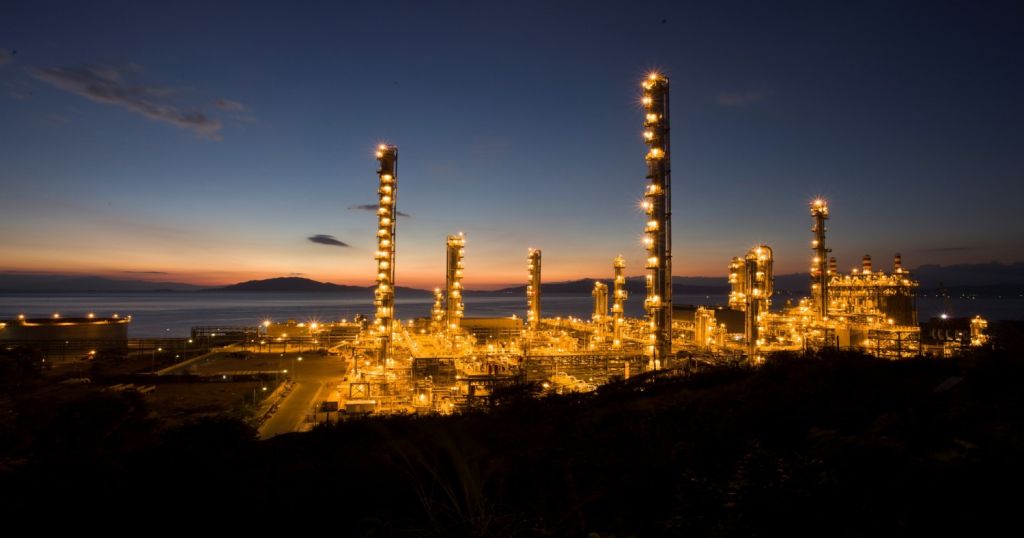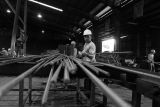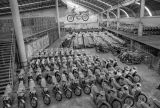Philippines

The Philippines has emerged as among the world´s most promising destinations of foreign investments in the next three years, according to the United Nations Conference of Trade and Development (UNCTAD). Our country joined the top 15 destinations, placing 10th, which in the previous survey round ranked 11th.
According to the World Bank´s latest edition of Global Economic Prospects, the Philippines is the world´s 10th fastest growing economy for 2017.
Growth is projected to remain robust at 6.8 percent in 2017 and 6.9 percent in 2018. This growth is led by strong domestic demand, recovery in exports and implementation of planned infrastructure projects which spur additional business activities, create major jobs and increase household consumption and reduce poverty.
THE PH FACTOR
- PH in a demographic sweetspot
Filipinos are younger than the rest of the World. The median age in the Philippines is 23.1 years old. This is equivalent to the age of someone who recently graduated from college. All of this translates to the country having very young competent and reliable human resources - Rich talent pool
Our workforce is highly educated and English Proficient, strongly customer-oriented, highly trainable with fast learning curve, adaptable to universal cultures and high level of commitment and loyalty -
Unrivaled access to key markets
The country’s location is a critical entry point to over 600 million people in the ASEAN Market and a natural gateway to the East- Asian economies. The country is likewise placed at the crossroads of international shipping and airlines. -
Infrastructure development
We have a number of operating economic zones and IT parks today, equipped with support capabilities, where a company may locate its business with ease.
The Philippines has been enjoying a steady trend in economic and financial gains as backed up by good govermance and sound economic reforms, which gave us ample space to overcome challenges such as wather-related disasters, global economic slowdown, as well as domestic uncertainties, especially those associated with the change in administration. The country´s domestic economy is much more robust and there is plenty of room for growth.
The basic law that liberalized the entry of foreign investmensts into the country up to 100% ownership unless restricted by the constitution and other special laws as enumerated in the foreign Investment Negative List (FINL).
Manufacturing
Manufacturing comprises more than half of the Philippines’s industrial sector and accounts for almost a quarter of the country’s Gross Domestic Product (GDP). From an annual growth rate of 5.4% in 2012, the manufacturing sector grew by 10.5% in 2013 and 8.1% in 2014.
Manufacturing industries have higher employment, income and output multipliers relative to the agriculture and services sectors. Manufacturing also promotes stronger inter-industry and inter-sectoral linkages, firm productivity, technological development and innovation.
As such, the growth of the manufacturing industry improves the upgrading and diversification in the agricultural sector, as well as drives demand for higher value-added services. Taking all these into consideration, the Philippines is accelerating the manufacturing sector’s competitiveness towards the achievement of sustainable and inclusive development in the country.
|
|

Agribusiness
Agribusiness refers to agriculture-related activities that put farmers, processors, distributors, and consumers within a system that produces, processes, transports, markets, and distributes agricultural products.
The transformation of agricultural farming into a thriving agribusiness-driven sector entails acquiring farming technologies, training in more sophisticated farming techniques, creating stable supply chains, establishing transport and agricultural infrastructure, investing and research and development, and securing a reliable property rights regime.
These activities can contribute not only in diversifying and increasing the value of agribusiness outputs, but also contribute to the inclusive growth and rural development agenda of the Philippine government. Because of this, the agribusiness sector is positioned to largely contribute to the industrial development of the Philippine economy.
|
|
Services
Services has been one of the strongest and fast-growing sectors of the Philippine economy. Its gross value added contribution reached to 57% in 2014 (from 36.6% in the 1970s), and it also grows by an average of 6.3% from 2000 to 2014.
While this performance is considered as stellar by most analysts, there is still huge potential for increasing value-added in services outputs, as well as deepening participation in global value chains. Taking advantage of this unique competitive advantage in the services sector, the Philippines aims to position itself as the core of services trade in Southeast Asia and the Asia-Pacific region.
- IT-BPM
- housing
Certificates and awards
Asia
Contact
Industry and Investments Building
385 Senator Gil Puyat Avenue
Makati City
1200 Metro Manila
Philippines
Fotogalerie
Translator
ProfiBusiness.world
Business Platform
Acquisitions
Business cooperation, export and import
Companies for sale
Corporate financing and loans
Export and import
Investments
Projects, ideas and patents for sale
Real estate for sale
Technologies, machines and production equipment
Vacant capacity
Present your aim on ProfiBusiness.world
Advertising order
Selected fields
Agriculture
Animals and pet supplies
Automotive
Banking and insurance
Boats and shipping industry
Building and architecture
Business
Education
Electrical industry
Electronics
Engineering
Environment
Finance, taxes and accounting
Flowers and plants
Food and beverage industry
For companies
Forestry and wood processing
Furniture
Gastronomy and hotel industry
Glass, ceramics and porcelain
Healthcare and pharmacy
Hobby and garden
Home and household goods
HR
Hygiene, drugstore and cosmetics
Charity and social responsibility
Chemical
Institution
IT and computers
Law and legislation
Management and certification systems
Minerals
Office
Packaging and packaging technologies
Paper industry
Plastic and rubber industry
Power engineering
PR and marketing
Printing and printing technology
Railway industry
Real estate
Safety, security and protection
Science and research
Social services
Sport and relax
Steel and iron processing
Telecommunications and the internet
Textile and leather industry
Tourism
Toys, games and entertainment
Transport and logistics















